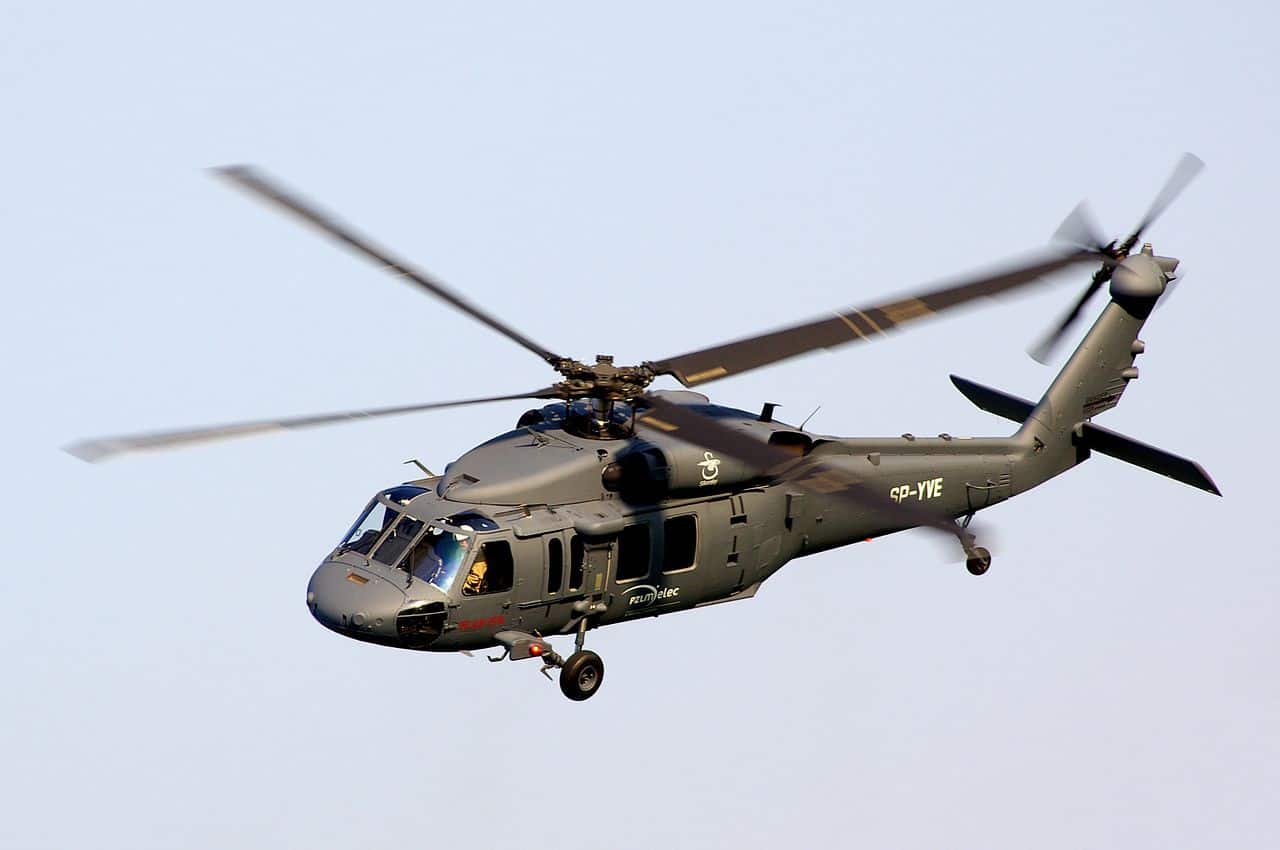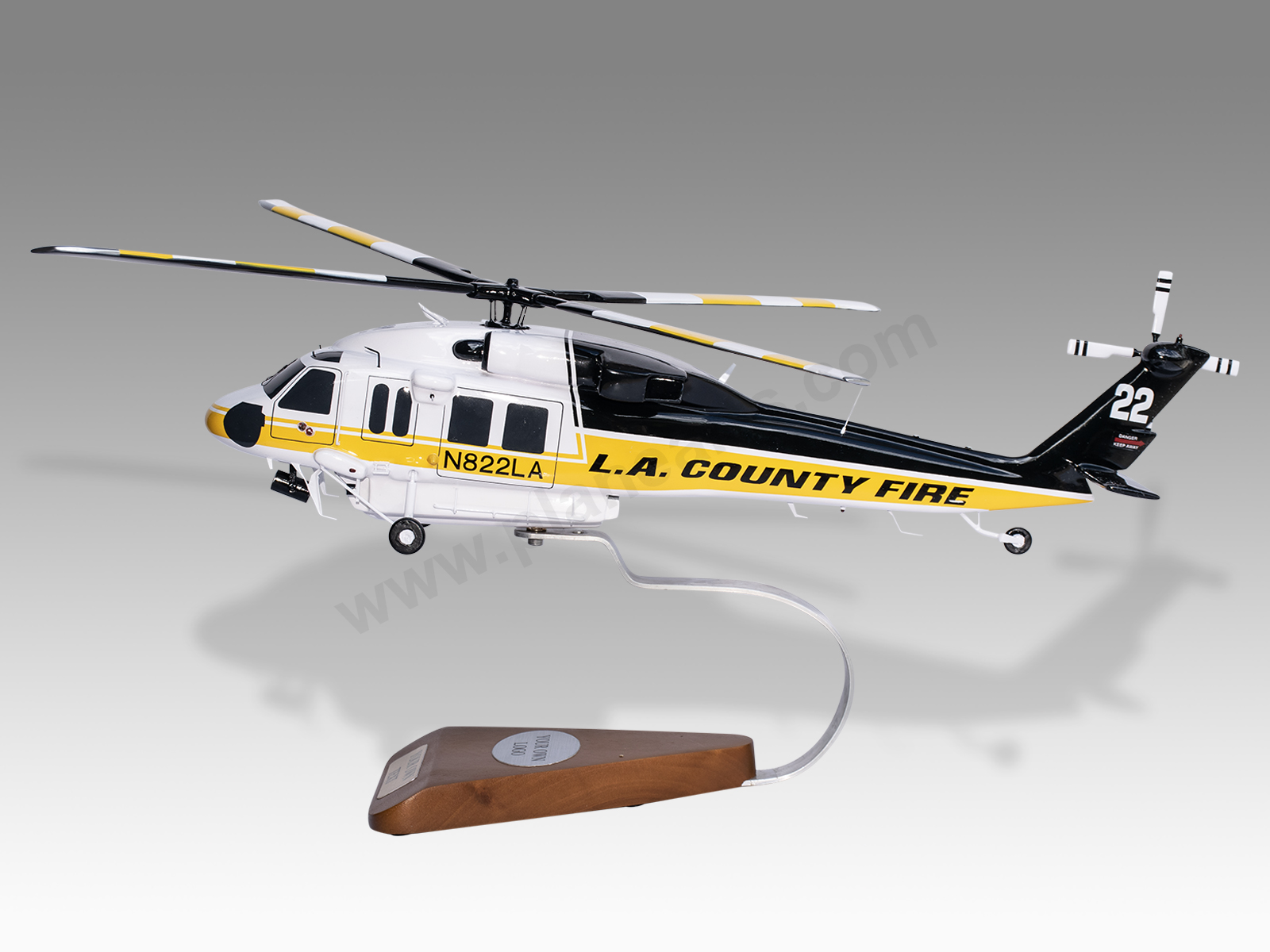The Sikorsky S 70 Helicopter: A Deep Dive into Its Style and Performance
The Sikorsky S 70 Helicopter: A Deep Dive into Its Style and Performance
Blog Article
High-Performance Multi-Role Rotorcraft Featuring Advanced Cockpit Technologies and Integrated Sensing Unit Solutions
The world of rotorcraft technology has actually seen noteworthy innovations in current times, particularly in the world of high-performance multi-role rotorcraft equipped with innovative cabin innovations and perfectly incorporated sensor systems. In the complying with discussion, we will discover the development of rotorcraft technology, dive into the world of innovative cockpit technologies, and examine the effects of integrated sensor systems on the functional versatility and effectiveness of modern-day rotorcraft.
Advancement of Rotorcraft Technology
The advancement of rotorcraft technology has been marked by substantial advancements in aerodynamics, materials, and propulsion systems, forming the capacities and efficiency of modern rotorcraft. Aerodynamic enhancements have actually boosted the efficiency and maneuverability of rotorcraft, enabling boosted rate, dexterity, and stability during flight (sikorsky s 70). Developments in products, such as the usage of composite products and progressed alloys, have actually led to lighter yet stronger rotorcraft structures, improving overall performance and longevity. In addition, advancements in propulsion systems, including much more powerful engines and ingenious propulsion modern technologies, have actually made it possible for rotorcraft to attain greater altitudes, faster speeds, and greater payloads.
These advancements have not just changed the abilities of rotorcraft but have actually additionally broadened their applications across numerous sectors, including military, business, and emergency solutions. The constant evolution of rotorcraft modern technology remains to drive development in the field, pressing the boundaries of what is feasible and shaping the future of upright trip.
Advanced Cockpit Innovations
Structure upon the foundational advancements in the rules of aerodynamics, materials, and propulsion systems, the world of rotorcraft technology currently shifts emphasis towards introducing Advanced Cockpit Innovations. The combination of advanced modern technologies within the cockpit environment plays a crucial duty in enhancing the functional capabilities, security, and efficiency of contemporary rotorcraft. sikorsky s 70. Advanced Cabin Innovations encompass a vast range of attributes developed to give pilots with enhanced situational recognition, structured data administration, and instinctive control interfaces
Among the key improvements in cabin design is the application of glass cabins, which change conventional analog assesses with high-resolution display screens. These digital systems use personalized layouts, real-time data combination, and boosted readability, making it possible for pilots to access vital details at a glance. Advanced avionics systems, such as fly-by-wire controls and enhanced truth screens, are reinventing just how pilots connect with the airplane, permitting for specific control and boosted decision-making capacities.


Incorporating innovative cabin developments not only boosts pilot performance however also contributes to overall goal efficiency and safety in intricate operational atmospheres. By leveraging state-of-the-art modern technologies within the cockpit, rotorcraft manufacturers are establishing brand-new requirements for operational excellence and goal success.
Integrated Sensor Equipments
With the development of rotorcraft modern technology, the combination of innovative Integrated Sensor Systems has come to be vital in enhancing operational performance and safety. These Integrated Sensing unit Systems include a vast range of innovations that provide important data for different features such as navigating, monitoring, targeting, and ecological surveillance. By perfectly incorporating sensing units go to website like radars, cameras, lidar, and infrared systems into rotorcraft, drivers can gain from improved situational understanding, boosted goal capabilities, and decreased pilot work.
One trick advantage of Integrated Sensor Solutions is their capability to collect real-time information and provide actionable understandings to pilots and objective drivers. Advanced radar systems can discover and track targets over long ranges, allowing for very early danger detection and reliable reaction preparation. In addition, incorporating infrared and electro-optical cams makes it possible for rotorcraft to conduct reconnaissance and surveillance objectives with accuracy and precision.
Essentially, the integration of advanced sensor innovations into rotorcraft not only boosts functional performance yet additionally adds dramatically to total goal success and team security. As rotorcraft remain to evolve, the role of Integrated Sensing unit Equipment will certainly remain at the forefront of technology in the aerospace sector.
Functional Flexibility and Efficiency
Enhancing functional adaptability and performance in rotorcraft is an all-natural development from the assimilation of innovative Integrated Sensor Systems. By leveraging the insights and information given by these advanced sensing unit systems, rotorcraft can enhance their efficiency throughout various missions and settings.
Functional adaptability incorporates the capability of rotorcraft to adapt to different roles and circumstances effectively. With sophisticated cockpit modern technologies and integrated sensing unit systems, rotorcraft can effortlessly transition in between tasks such as search and rescue, clinical discharge, monitoring, and more. This adaptability enhances the rotorcraft's ability to meet varied functional needs without calling for comprehensive reconfiguration.
Performance in rotorcraft operations is critical for making the most of goal effectiveness and source application. Integrated sensor systems play an essential duty in enhancing operational performance by supplying real-time information on climate condition, surface mapping, target tracking, and much more. This information makes it possible for pilots to make informed decisions quickly, maximize trip paths, conserve fuel, and improve total objective efficiency.
Influence on Modern Aeronautics Procedures

Moreover, the integration of sophisticated sensors assists in improved objective preparation and execution, making it possible for rotorcraft to carry out a variety of jobs with enhanced accuracy. From search and rescue operations to aerial firefighting and police missions, the abilities of contemporary rotorcraft furnished with innovative cockpit modern technologies and integrated sensor systems are unparalleled.
Additionally, the influence of these innovations prolongs past operational efficiency to cost-effectiveness and sustainability. By optimizing trip courses, gas consumption, and maintenance schedules, high-performance rotorcraft equipped with innovative cabin innovations and sensing units add to reducing functional costs and ecological effect, making them vital possessions in modern aviation operations.
Final Thought
To conclude, the high-performance multi-role rotorcraft with sophisticated cabin technologies and incorporated sensor systems represents a considerable evolution in aeronautics innovation. These technologies enhance functional flexibility and performance, ultimately influencing contemporary air travel operations in a favorable method. The assimilation of these advanced innovations permits improved capabilities and efficiency in numerous goal situations, showcasing the proceeded improvement of rotorcraft technology in the aviation market.
The world of rotorcraft modern technology has seen remarkable innovations in recent times, particularly in the world of high-performance multi-role rotorcraft furnished with cutting-edge cabin technologies and effortlessly integrated sensor systems. From improved goal convenience to improved operational performance, the convergence of innovative cockpit innovations and incorporated sensor systems has ushered in a new era of possibilities for rotorcraft applications. In the complying with conversation, we will certainly check out the development of rotorcraft technology, dig right into the realm of innovative cockpit technologies, and examine the effects of integrated sensing unit systems on the functional versatility and effectiveness of contemporary rotorcraft.

Report this page